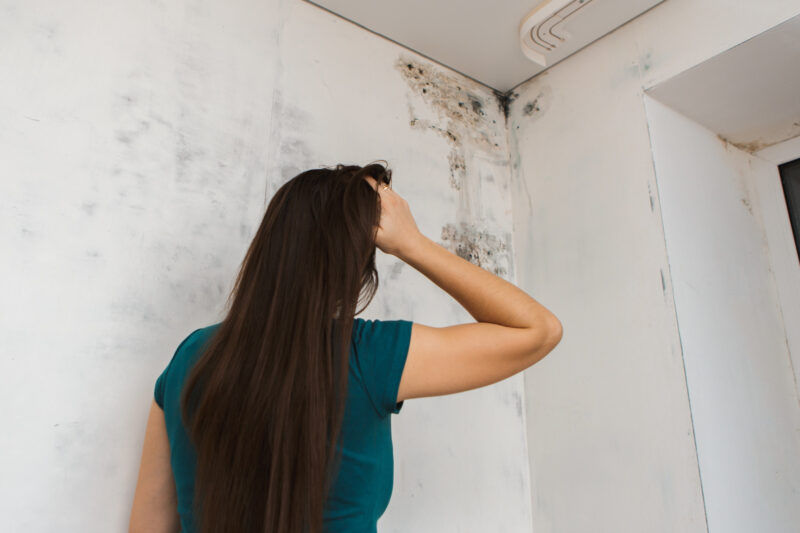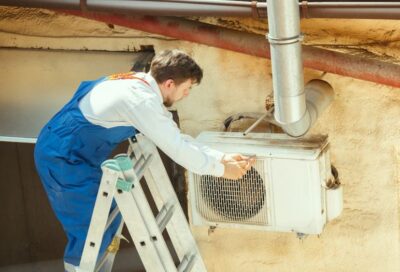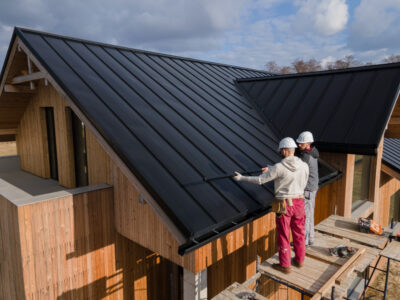You may not have seen any, but the odds are high that you have mold growing somewhere in your home. Don’t be shocked; almost every home does.
Residential molds love damp areas and temperatures between 60 and 80 degrees, so homes are ideal breeding grounds. That means molds love kitchens, bathrooms, basements, and places with water damage.
The question is less about whether you have mold and more about what kind of mold you have. Is it dangerous or not?
Although there are more than 100,000 different strains of mold, all types of mold fit into one of three basic categories.
The Three Types of Mold
Allergenic molds, as the name implies, trigger reactions in people with allergies. People without allergies can show mild symptoms.
Pathogenic molds affect people with immune disorders or people recovering from or having a serious illness.
The most dangerous molds are toxigenic. These molds can cause serious health issues for otherwise healthy people.
Smart homeowners need to know about the most common (and most dangerous) types of residential mold.
Black Mold: Stachybotrys
A toxic mold, Stachybotrys, loves wet conditions like damp wood or drywall. Starting as small black spots and quickly spreading, stachybotrys is dangerous. If it’s in your home, definitely consider mold remediation services.
Severe headaches, nosebleeds, respiratory problems, and fatigue are all symptoms of black mold. It can be particularly dangerous for infants and small children.
Acremonium
Starting as a small, moist mold before turning powdery, acremonium can be pink, gray, orange, or white. This mold loves air conditioners, humidifiers, and drip pans.
Another toxic mold, Acremonium, can cause bone marrow and immune system diseases.
FusariumBoth
toxic and allergenic, Fusarium grows on fabrics, including carpets and wallpaper. It appears as either white, pink, or red stringy strands.
Initially causing cold-like symptoms, prolonged exposure can be life-threatening.
MucormycetesAnother
group of molds that thrive near air conditioning. Mucor also grows on damp carpet, in HVAC ducting, and on decaying fruits and vegetables.
Initial symptoms are flu-like. Long-term risks include developing a severe fungal infection called mucormycosis.
Aspergillus
Common in many homes, Aspergillus will grow on any damp surface. With many strains and colors, it can be hard to identify.
Generally harmless, a few of the strains can cause severe illness for people with compromised immune systems.
Ulocladium
Associated with flooding and water damage, Ulocladium is difficult to distinguish from Stachybotrys (Black Mold).
With both allergenic and pathogenic strains, Ulocladium should be taken seriously. The safest option is to consult an expert.
Spotting Residential Molds
Now that you know about a few of the most common and dangerous types of mold, take a look around your home. Check the most likely spots first. Check under sinks in bathrooms and kitchens, around air conditioners, in the basement, and anywhere that there has been water damage.
Most home molds are relatively harmless, but a few, including the ones above, can be very dangerous. When in doubt, always take the safest course and consult an expert.
Don’t forget to check back often for other informative articles and home advice like this!










